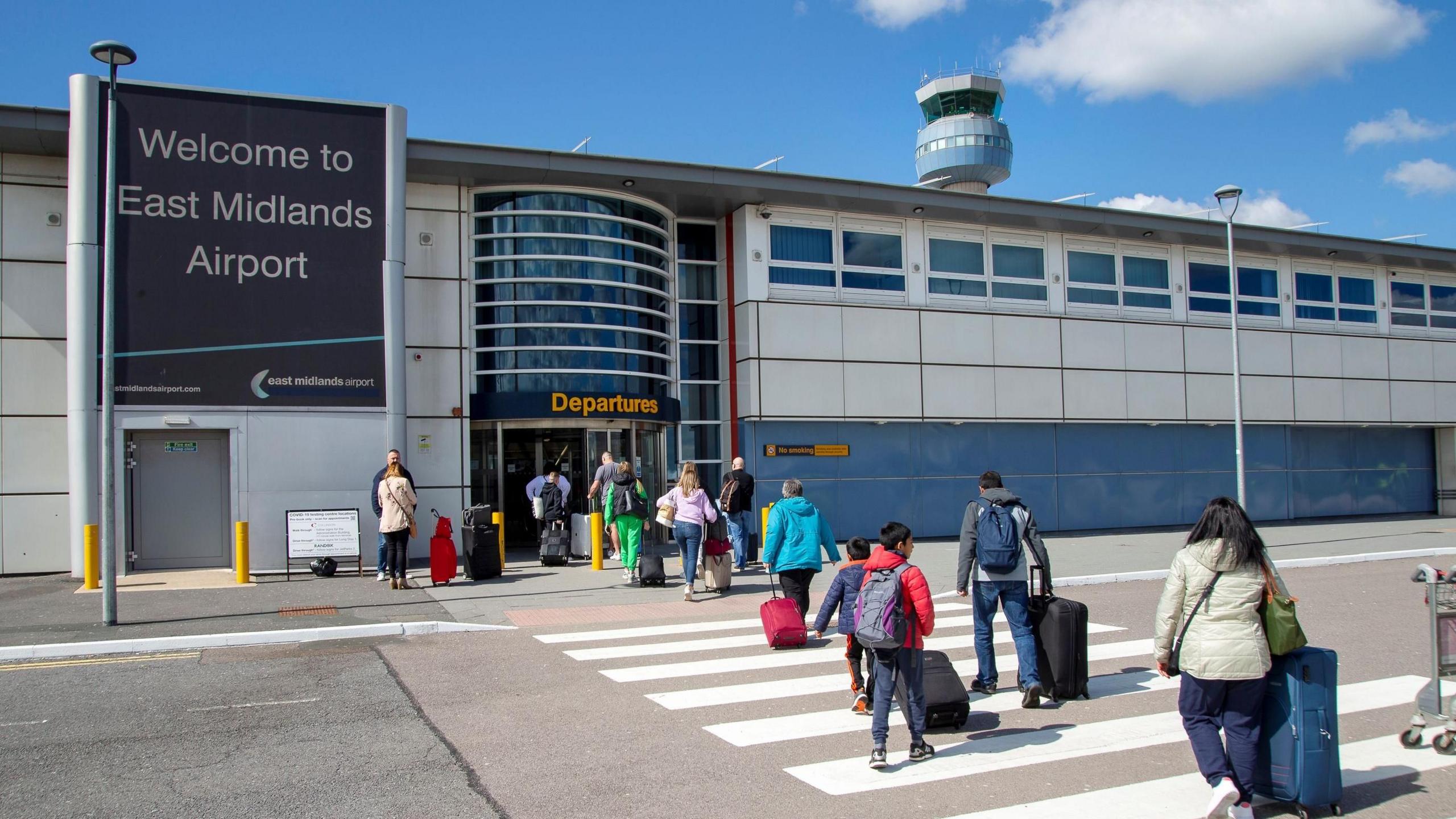
Introduction
Located in Leicestershire, East Midlands Airport (EMA) stands as a pivotal transport hub in the United Kingdom, linking regional communities to international destinations. With its strategic position in the heart of the country, it serves as a key gateway for both passenger travel and freight services, making it a crucial player in the UK transport infrastructure. In light of recent expansions and developments, understanding the importance of East Midlands Airport is more relevant than ever.
Recent Developments
As of September 2023, East Midlands Airport has been undergoing significant upgrades to enhance its facilities and services. These improvements are particularly aimed at increasing its capacity to accommodate the growing number of passengers. In 2022 alone, more than 4.4 million travellers passed through its terminals, reflecting a steady recovery from the pandemic’s impact. The latest £5 million initiative aims to improve airport security processes and introduce advanced technology to streamline passenger flow.
Additionally, EMA is focusing on enhancing its cargo services, which have been vital to its operations. Recently, the airport expanded its freight capacity, allowing for the handling of larger cargo loads. This move is especially significant considering the airport is one of the UK’s leading cargo hubs, facilitating the movement of goods across the globe. The airport’s freight operations are set to be supported further by the expansion of its facilities.
Environmental Initiatives
As part of its commitment to sustainability, East Midlands Airport has introduced several initiatives to reduce its carbon footprint. The airport aims to achieve net-zero carbon emissions by 2030. Plans include investing in greener technologies and encouraging airlines to adopt more sustainable aviation fuels. In 2023, EMA has also partnered with local businesses to promote waste reduction and recycling practices, positioning the airport as a responsible operator in the transport sector.
Conclusion
East Midlands Airport not only functions as a critical travel and cargo hub but also serves as a model for sustainable airport operations in the UK. With ongoing investments and initiatives, it is well-positioned to meet the future demands of both passengers and freight carriers. As it continues to evolve, East Midlands Airport is set to play an even more significant role in bolstering the regional economy and enhancing connectivity, making it an essential part of the UK’s transportation landscape.
You may also like

Exploring Monmouth: History, Attractions and Community

Leeds Train Station: A Key Transport Hub in the UK
